
INSIGHTS
All the latest updates and personal injury law tips across our areas of practice in California.
Archive
All Recent Articles
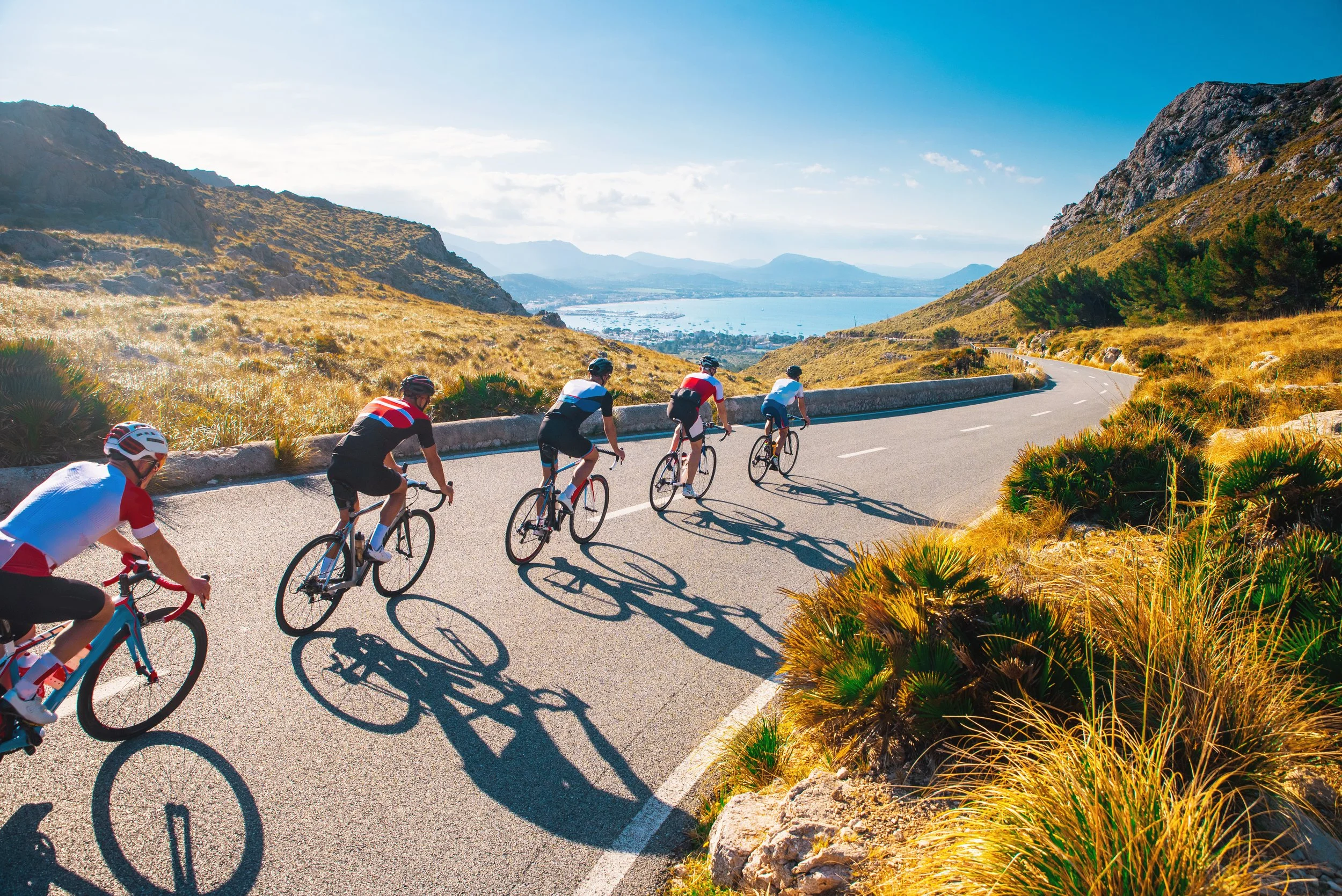
Mountain Biking in Marin County: Understanding Risks and Legal Rights
Marin County is hallowed ground for mountain biking. From the legendary fire roads of Mount Tamalpais to the technical single-track trails, it's a destination that draws riders from across the globe. The spirit of adventure and connection with nature is what makes riding here so special.
Yet, this incredible terrain also presents significant risks. Many of Marin's most popular routes require cyclists to share narrow, winding roads with motor vehicles before even reaching the trailhead. The consequences of a collision can be devastating.
As both a cherished pastime and a mode of transportation, understanding the unique risks of riding in Marin—and your legal rights if a crash occurs—is not just advisable; it's essential for every cyclist.
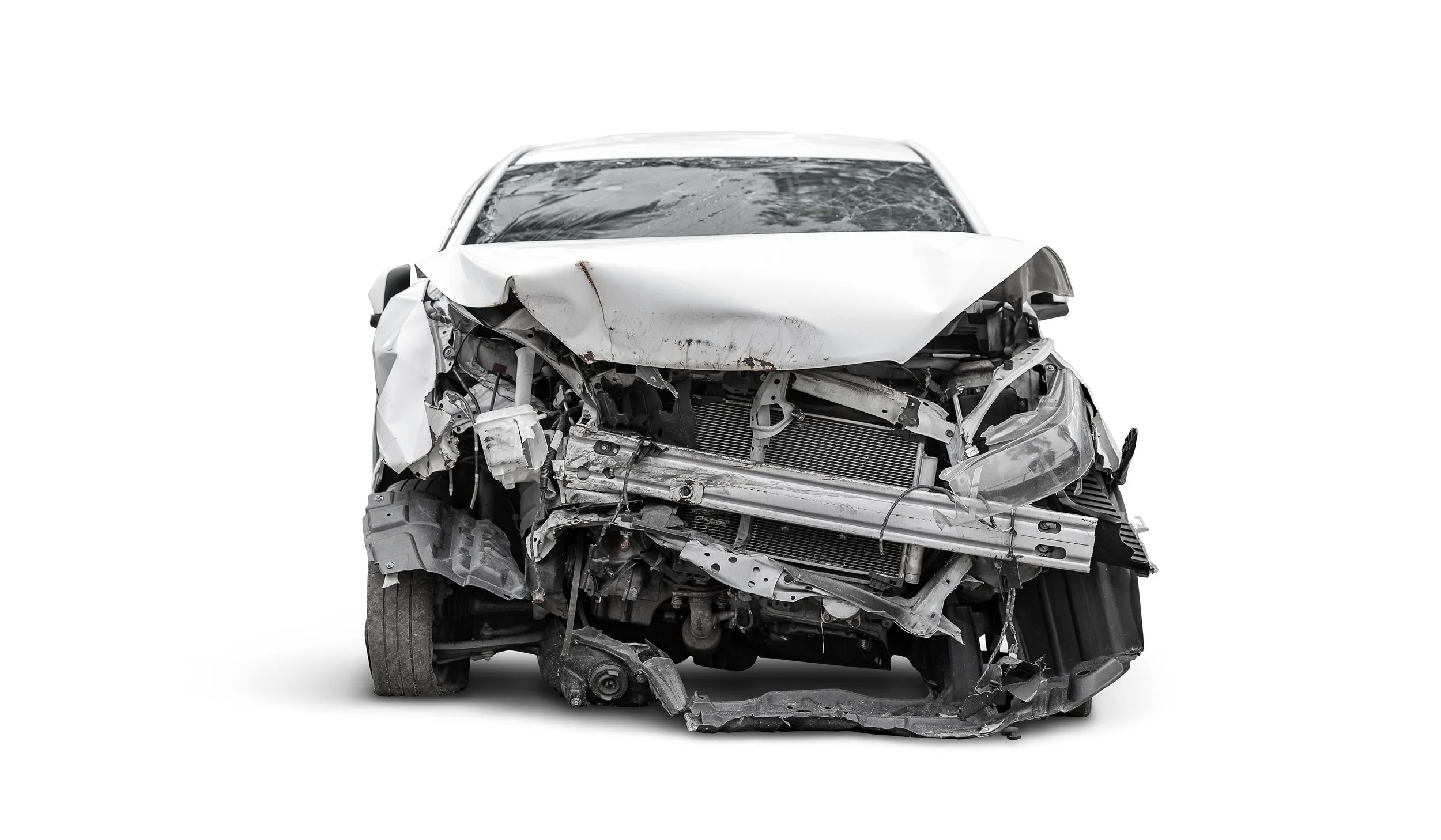
Is Your Car "Totaled"? How California's Total Loss Laws Work
The moment after a car accident is chaotic and stressful. Once the initial shock wears off, the practical questions begin: "Is my car okay?" and "How will I get to work?"
Then, you get the call from the insurance adjuster. They've reviewed the damage and have news: your car is a "total loss."
For most people, this is a confusing and frustrating conclusion. What does "totaled" actually mean? Does it mean your car is a unsalvageable pile of scrap? Not necessarily.
Understanding California's specific laws and formulas for declaring a total loss is the key to ensuring you are treated fairly by the insurance company. Here’s what you need to know.
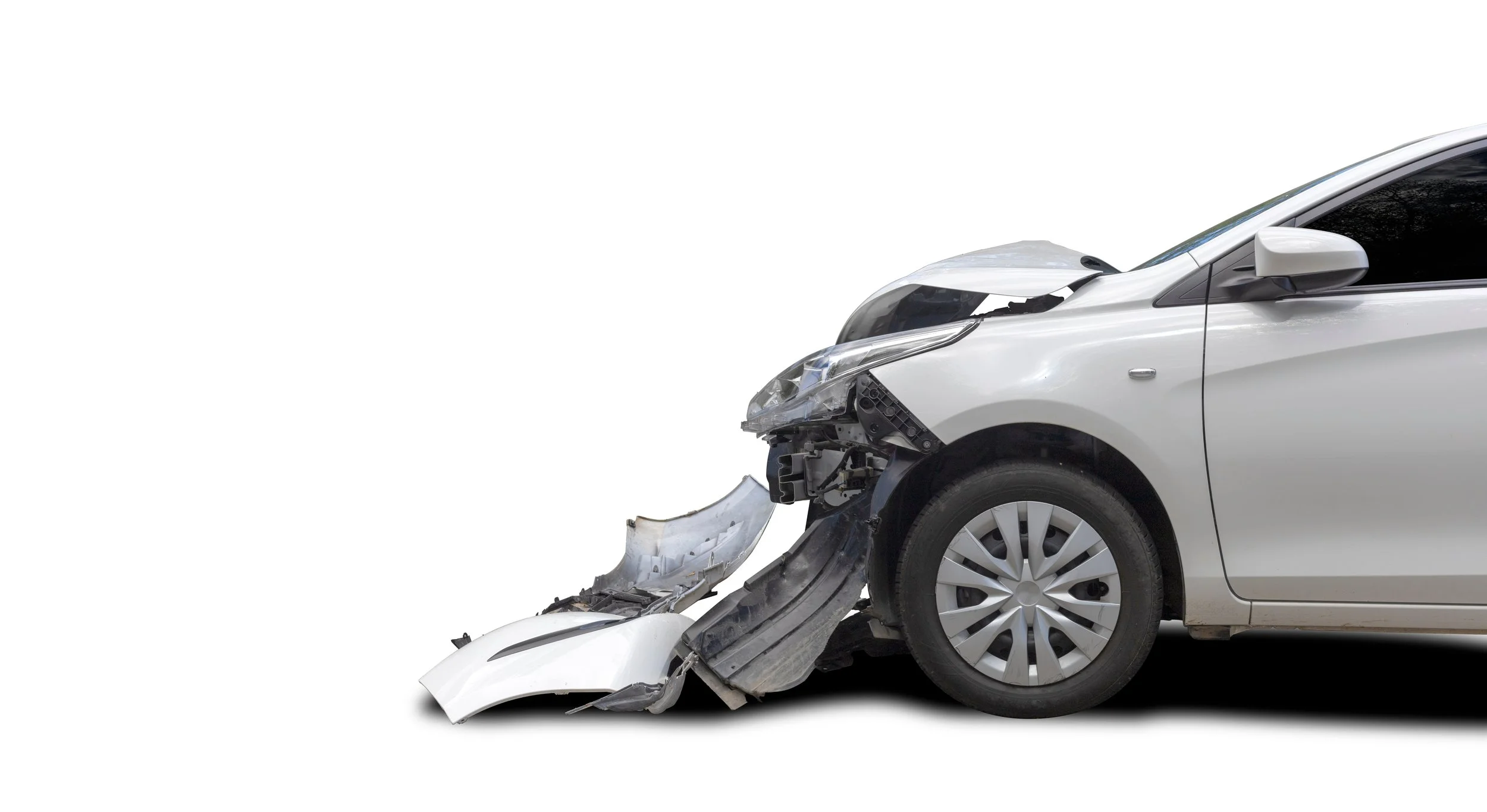
By the Numbers: California Car Accident Statistics You Need to Know
Navigating California's roads requires more than just a good sense of direction; it requires an awareness of the very real risks every driver, pedestrian, and cyclist faces daily. While news reports highlight individual crashes, the full story is told in the data—a comprehensive collection of statistics that reveal troubling trends, common causes, and heartbreaking outcomes.
Understanding these numbers is the first step toward protecting yourself and your family. Here is a detailed breakdown of the most critical California car accident statistics you need to know in 2025.
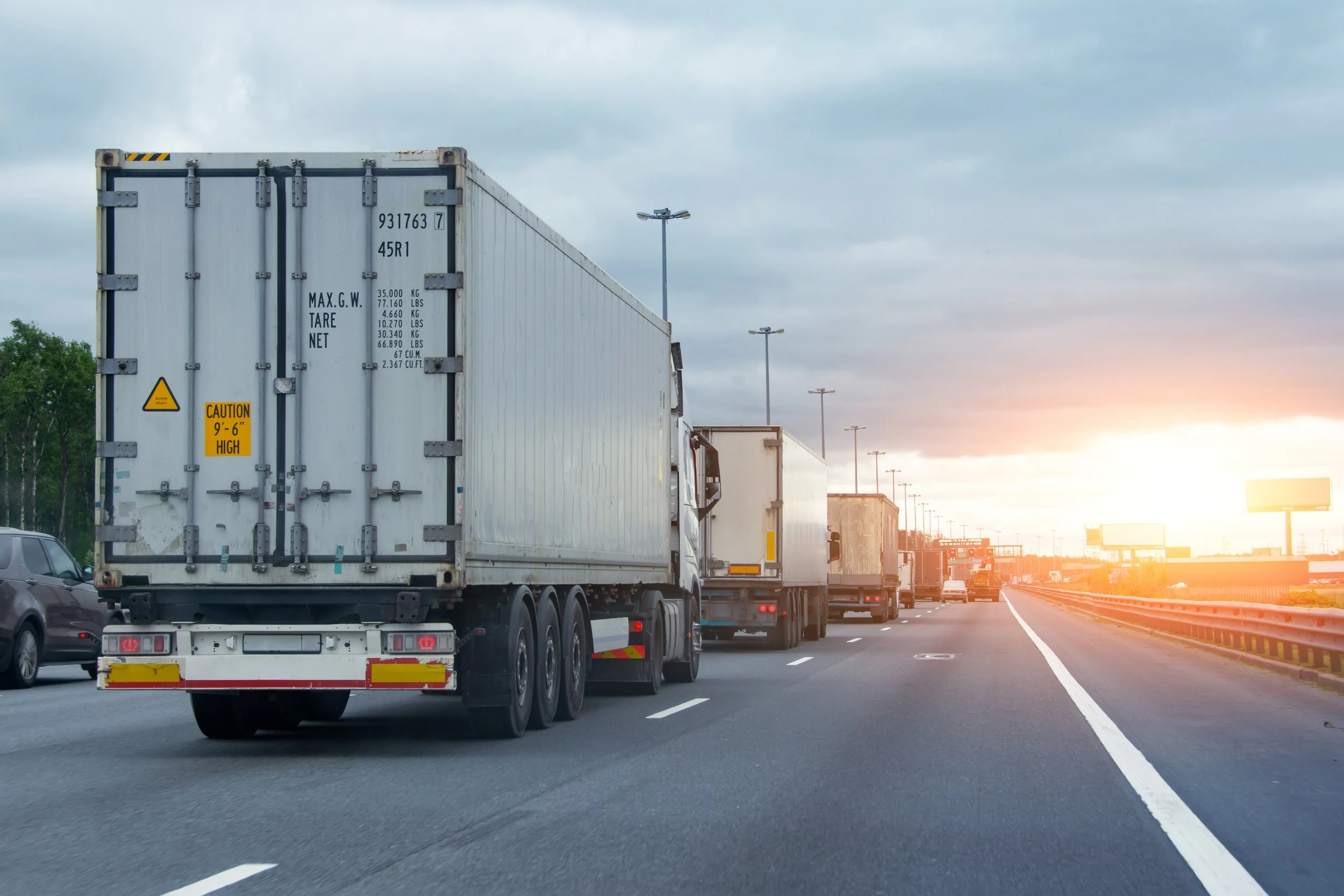
The Immense Danger of Big Rig Accidents on I-80 and I-880
If you drive in the Bay Area, you share the road with big rigs every day. These massive vehicles are the lifeblood of our economy, transporting goods through the Port of Oakland and across the state. But their presence on our highways, particularly on Interstate 80 (I-80) and Interstate 880 (I-880), creates a constant and severe risk for drivers.
The data and the daily news reports are clear: these are not just traffic corridors; they are high-risk zones for some of the most devastating truck accidents in California. Understanding why these freeways are so dangerous—and what to do if you're involved in a crash—is critical for every driver.
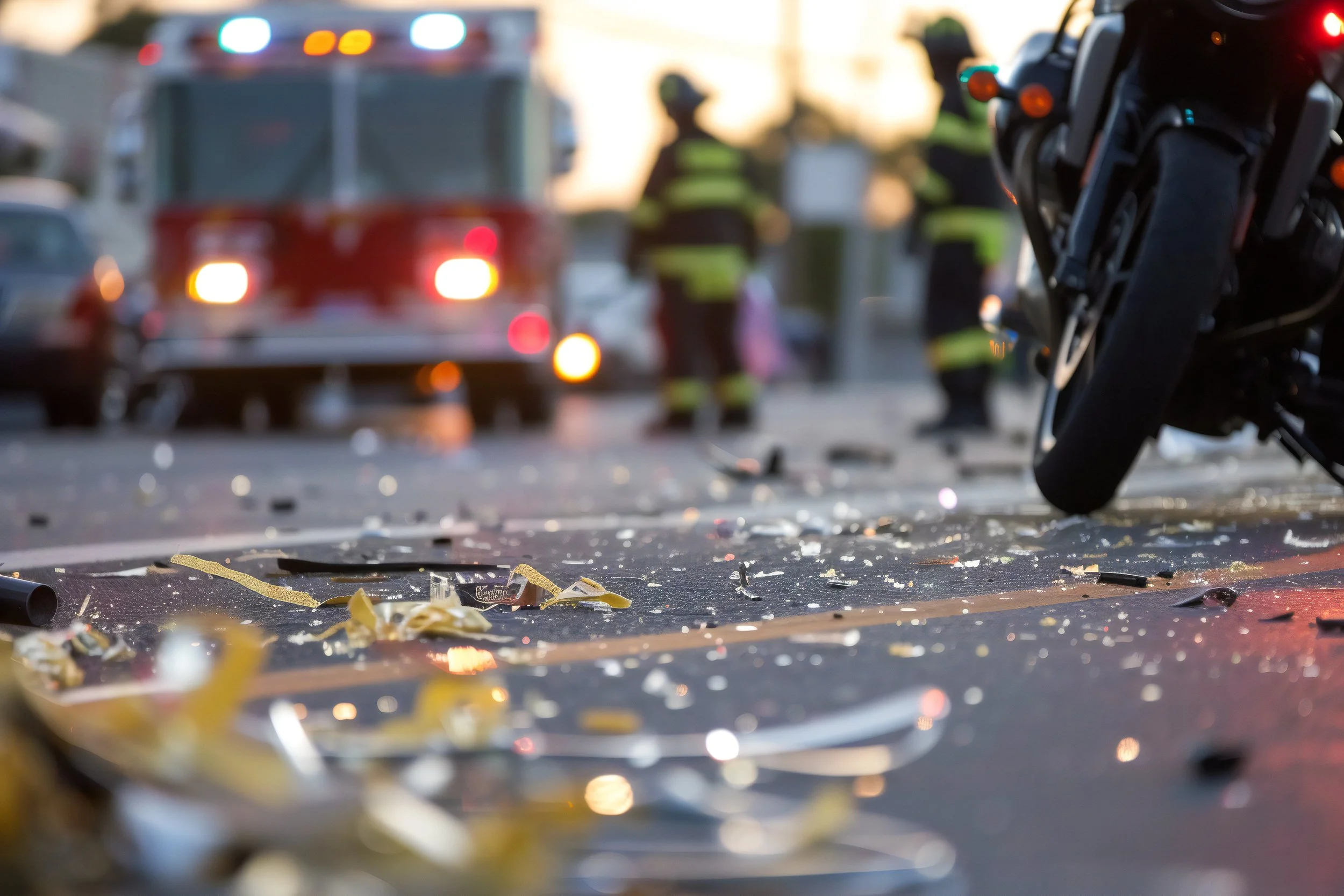
Motorcycle Accidents in Marin County: Why They're Different and What to Do
Marin County is a motorcyclist's paradise. Its winding coastal highways, scenic mountain passes, and sweeping vistas of the Pacific Ocean offer some of the most thrilling rides in California. But this beauty masks a significant danger. Marin County has one of the highest rates of motorcycle accidents in the Bay Area, with incidents rising by approximately 15% in recent years.
The aftermath of a motorcycle crash on these roads is often more severe and complex than a typical accident elsewhere. The unique terrain, road conditions, and even the tourist traffic create a specific set of risks that every rider—and every attorney—must understand.
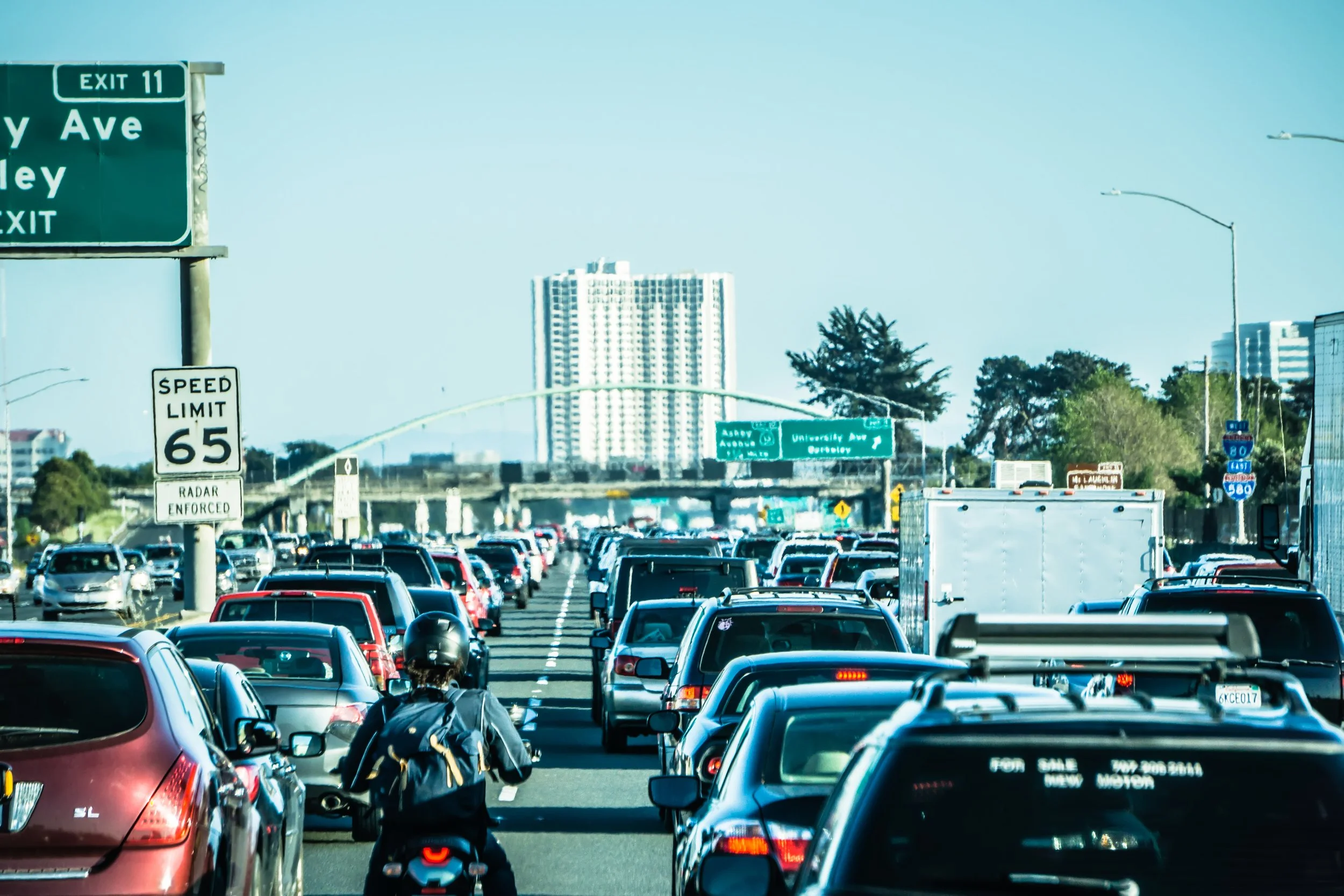
A Local's Guide: What to Do After a Car Accident in Alameda County
Growing up in Alameda County, you learn a few things. You learn that the 580-880 interchange is a special kind of chaos, that "sunny and warm" in Castro Valley can mean "foggy and cold" in Berkeley, and that getting anywhere requires a car. Our county is a vast tapestry of urban sprawl, from the bustling streets of Oakland to the wide, fast-moving avenues of Hayward and the congested freeways connecting it all.
This car-dependent reality means that when an accident happens, you're often dealing with high-speed impacts, complex multi-vehicle pileups, or the frustrating aftermath of a fender-bender in standstill traffic. Knowing what to do in those first critical moments isn't just about legality—it's about protecting yourself in our unique driving environment.
Here is your local's guide to navigating the aftermath of a car accident in Alameda County.
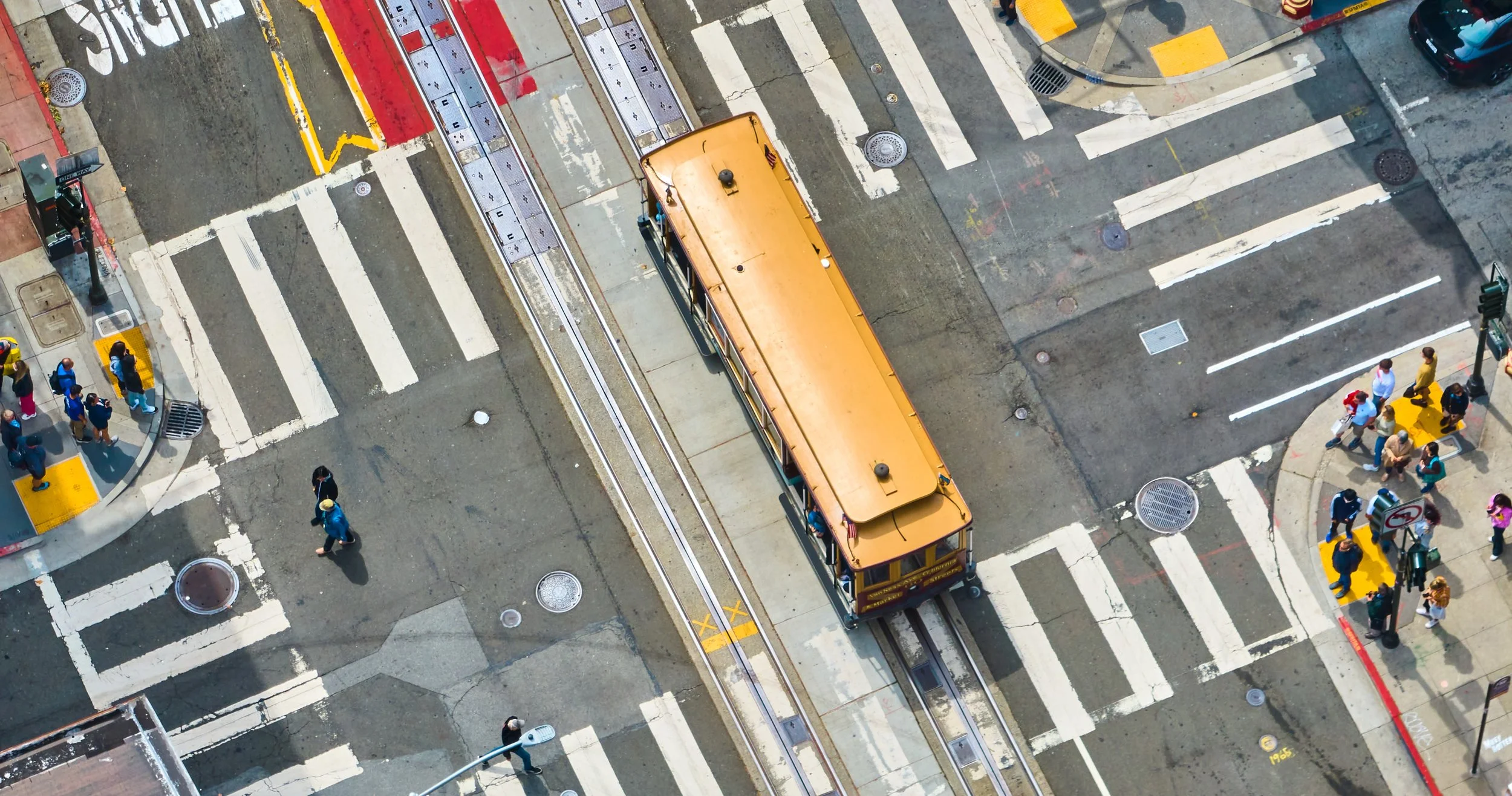
Pedestrian Right-of-Way: Navigating San Francisco's Dangerous Intersections
San Francisco is a world-class city for walking, with its iconic hills, vibrant neighborhoods, and compact layout. Yet, beneath its picturesque surface lies a grim reality: San Francisco County has one of the highest rates of pedestrian fatalities in California. While Los Angeles often makes headlines for its dangerous driving roads, San Francisco's unique layout creates a perfect storm of risks for those on foot.

Why You Must See a Doctor After a Car Accident (Even If You Feel Fine)
You’ve just been in a car accident. Your heart is racing, but after a few minutes, you seem okay. You can walk around, and aside from some general soreness, you feel... fine. The idea of spending hours in an emergency room feels like an overreaction. Surely you should just go home and rest, right?
We strongly advise against that. While it’s perfectly natural to want to downplay your injuries, seeing a doctor after any crash—even a minor fender-bender—is one of the most important steps you can take. Here’s why.
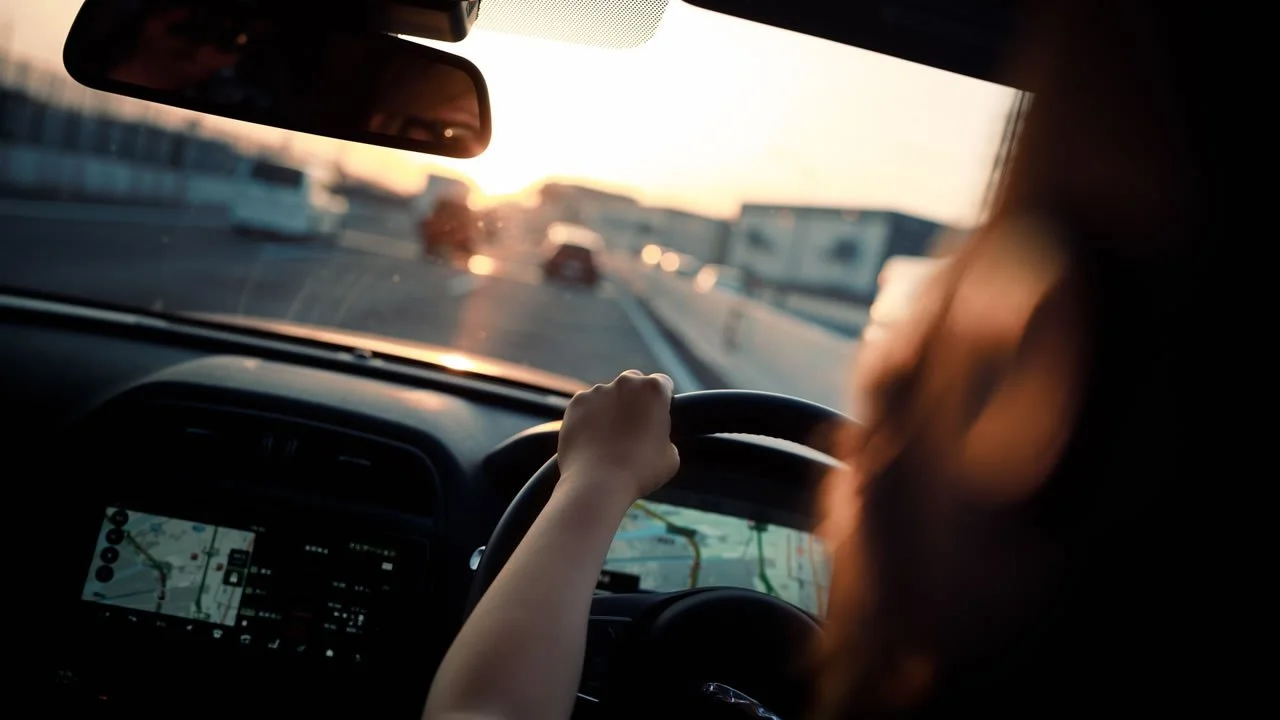
Understanding California's Comparative Fault Law (What if I'm Partially at Fault?)
Imagine this: you're making a left turn with a green arrow when another driver runs the red light and slams into you. It seems clear-cut.
But then, the insurance adjuster argues you were 'speeding' or 'didn't look properly,' claiming you share some of the blame. Your heart sinks. Does this mean you get nothing? In California, the answer is a resounding no.
Thanks to our state's unique 'Pure Comparative Fault' law, you can still recover damages even if you were somewhat or mostly at fault. Here’s how it works.
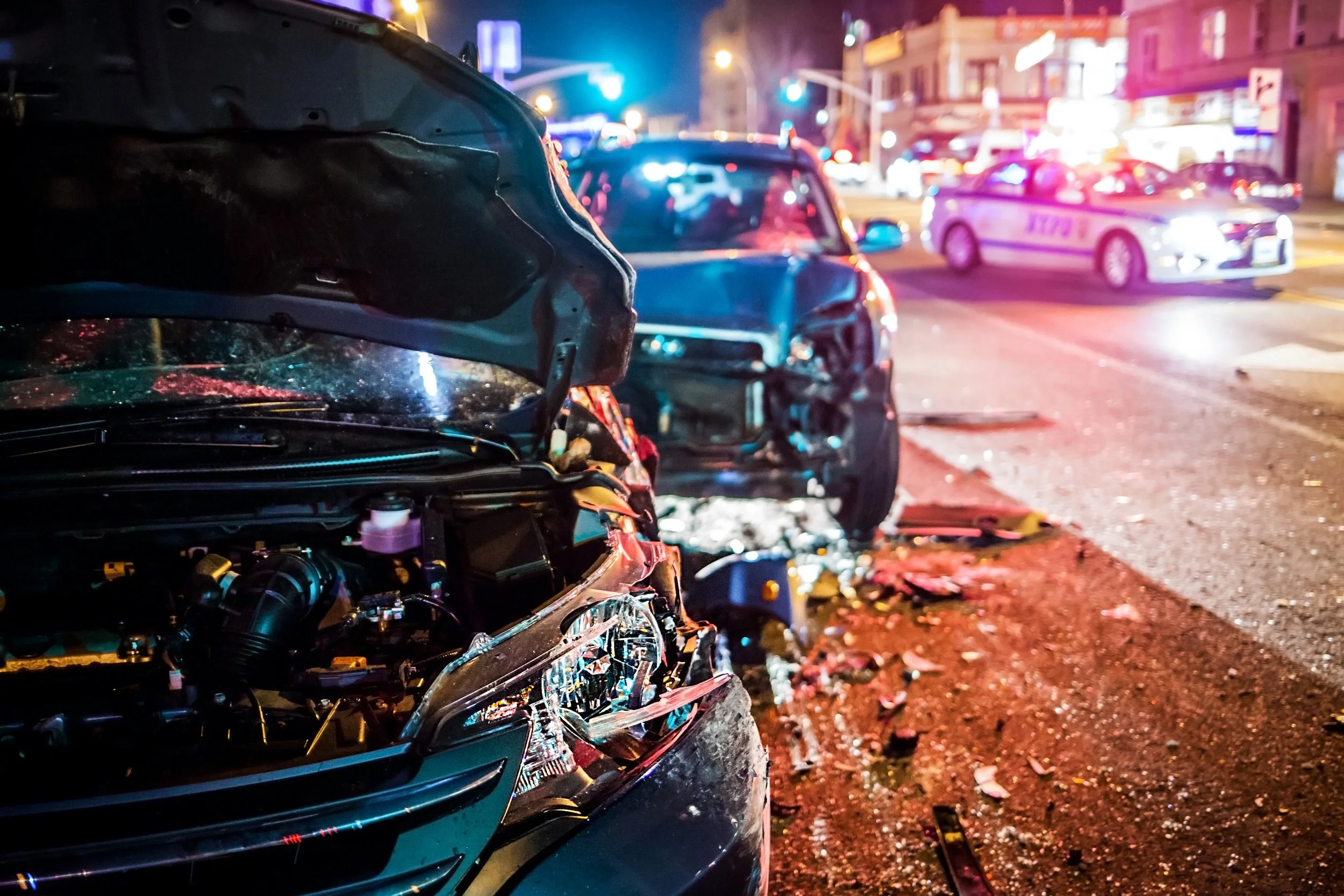
Beyond the Fender Bender: 5 Reasons to Hire a Lawyer After a California Crash
So, you’ve been in a car accident in California.
Maybe it was a minor rear-end collision, or perhaps something more serious. Hopefully, you followed our Post-Accident Checklist. You’ve documented everything, exchanged info, and filed a police report.
Now, you might be thinking, “It’s just a fender bender; I can handle this myself.” While that’s true for the most minor incidents, what seems straightforward can quickly become complex and costly. As you’ll see, hiring a lawyer isn’t just for the most dramatic crashes.
Here are our top five situations where securing legal counsel is a smart move after a California collision.

Legal Q&A: Who Decides Whether A Car Crash Injury Is “Serious”?
Why Official Statistics Don't Tell the Whole Story, And What That Means For Our Clients.
Continuing our theme of Auto Accident Awareness Month, today we’re talking about how official California car crash statistics paint a picture of road safety in our state—and how those stats can be both useful and accurate for their intended purpose, even while they don’t capture the full picture.
Yesterday on the blog, we talked about what California counties are the most dangerous for drivers and other road-users. Perhaps the biggest shock was that if we looked at per capita crashes rather than just by number, many rural areas like Butte, Shasta, and Tulare Counties rose to the forefront as being in the highest risk category.
But, the highest risk for what, exactly? And according to whom?
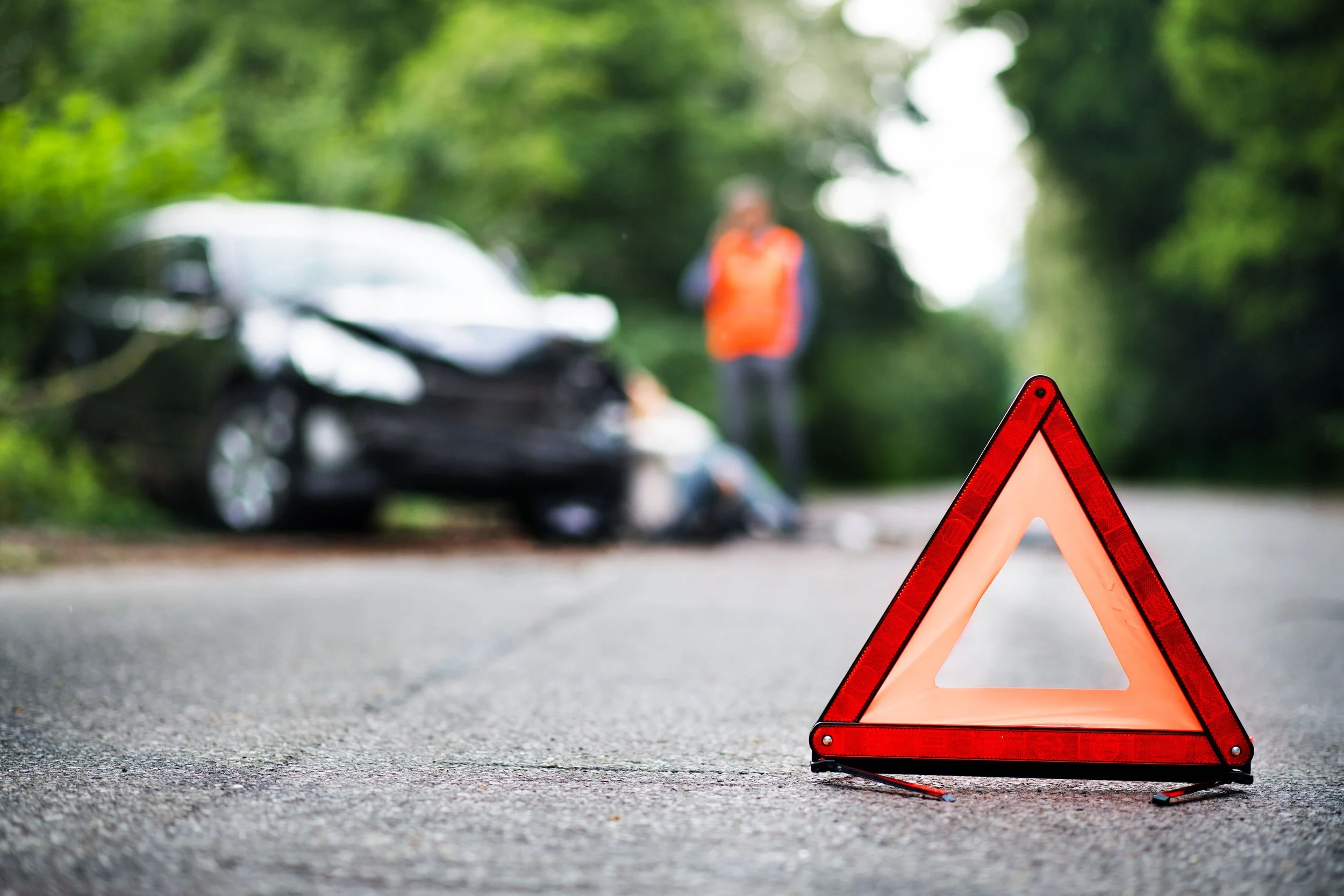
Think You Can Guess The Most Dangerous Counties for California Drivers?
We all know that more people usually means more cars, and more cars mean more accidents. It’s simple math… right?
It turns out, California’s stats tell a more surprising story than even we expected.
As we move into Auto Accident Awareness Month this September, we’re launching our new blog to dig into the data and the stories behind it. Our mission is to provide California residents with the knowledge they need to stay safe and protect their rights, no matter where they drive, bike, and walk.
Also, make sure to grab our guide: The Post-Accident Checklist, designed to give you peace of mind should you find yourself in a fender-bender.

